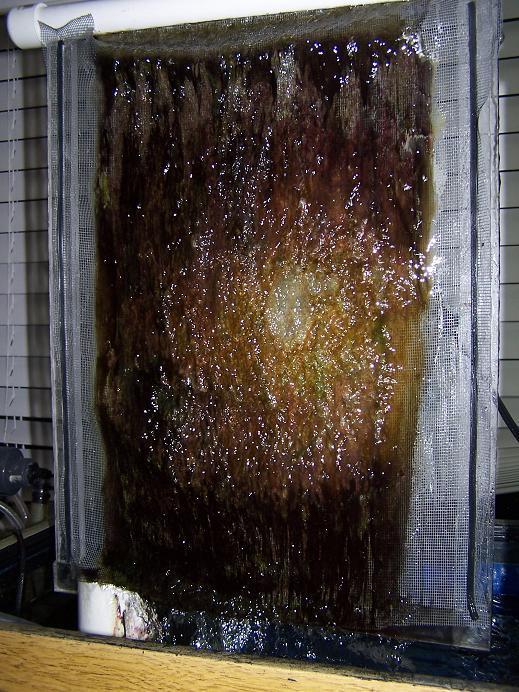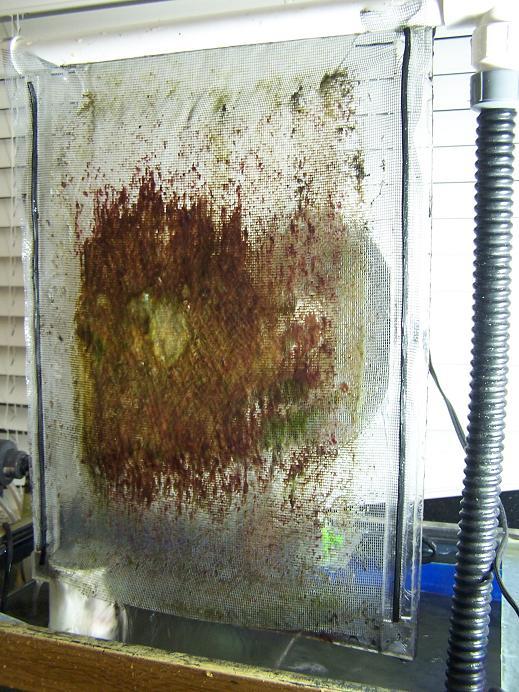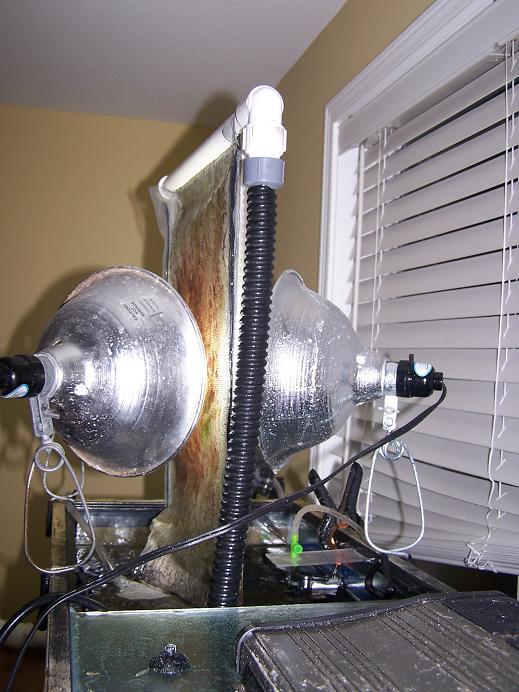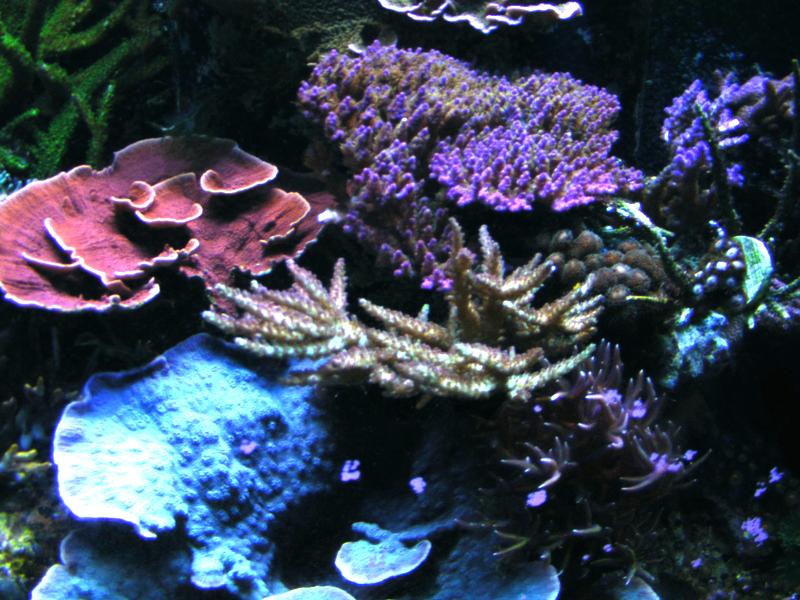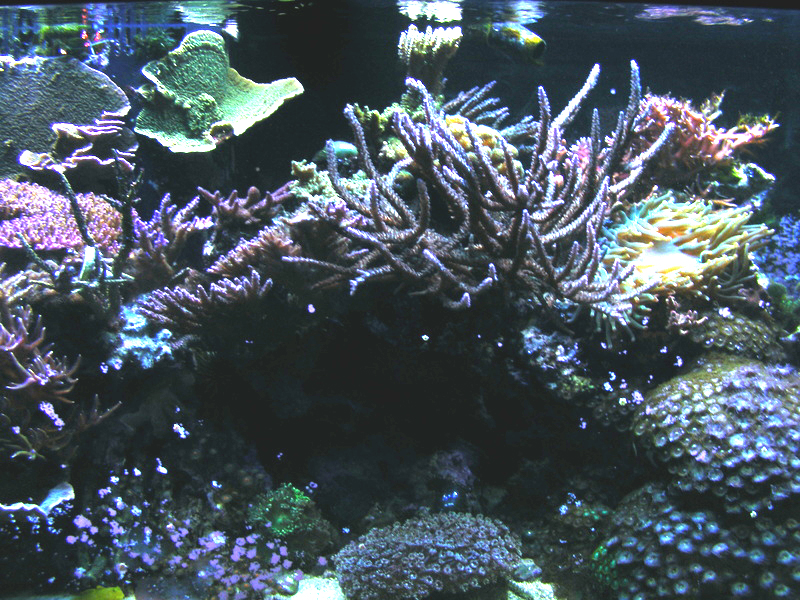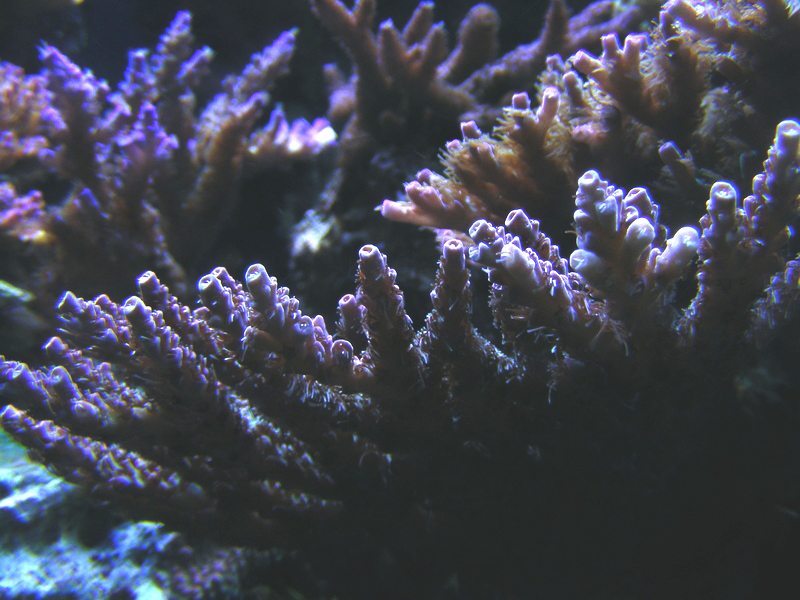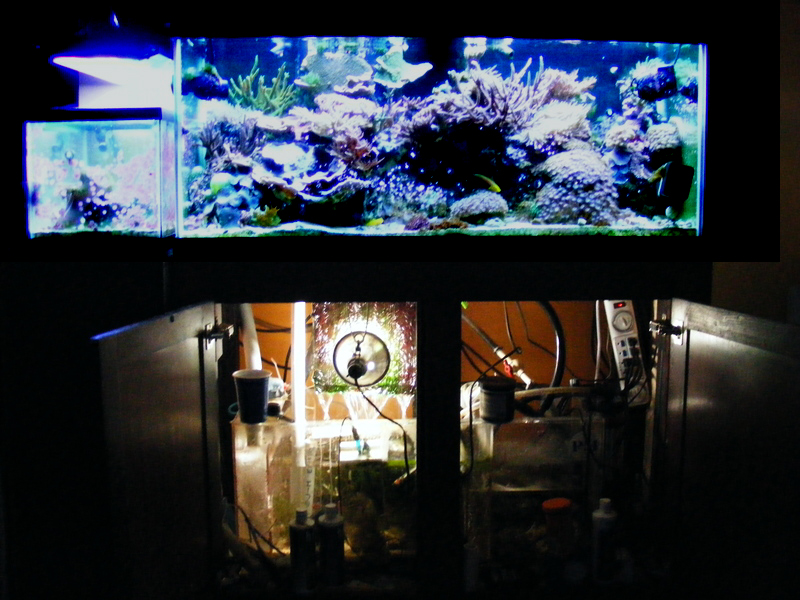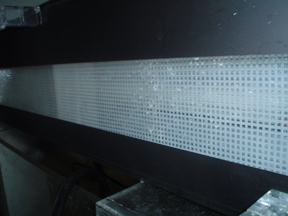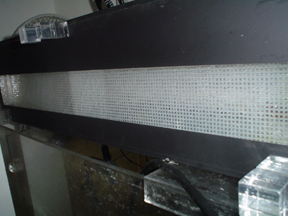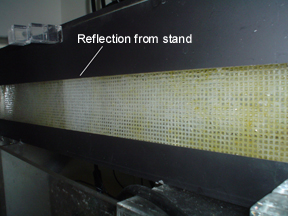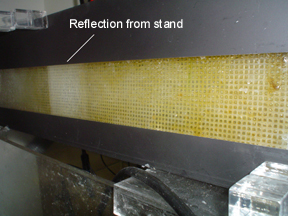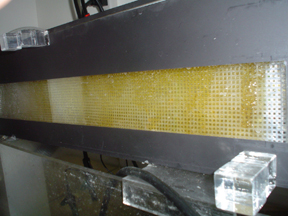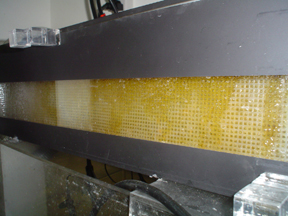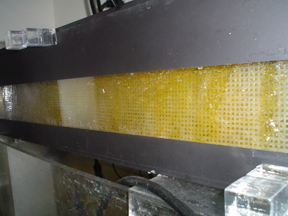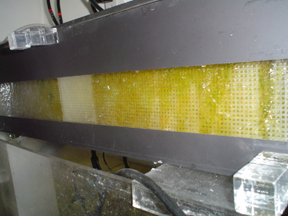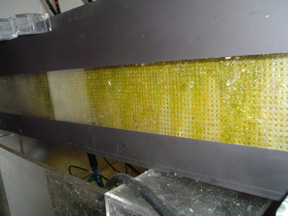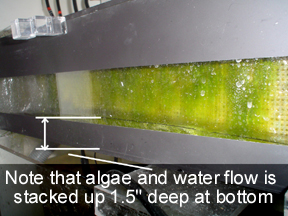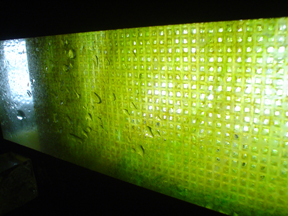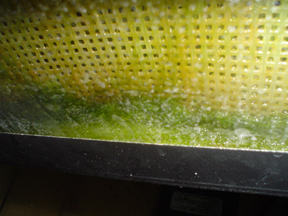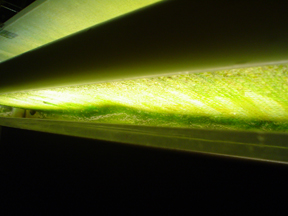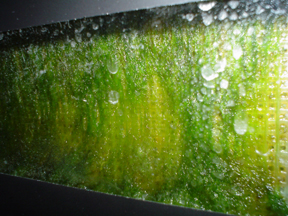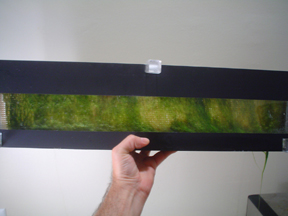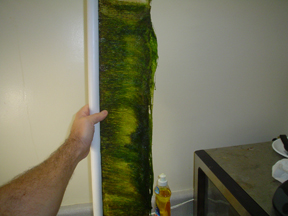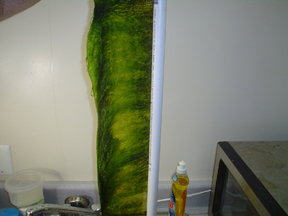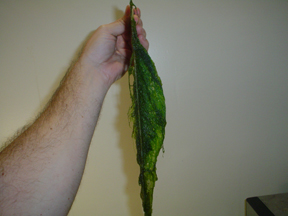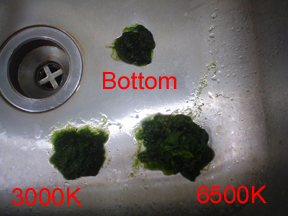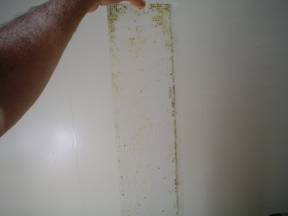Yellowing apparently has been discovered in the last 3 or 4 years to be caused my scraping the screen while leaving it in the system (i.e., "in-system"), thereby allowing the contents of the algae strands to be released into the system. This causes yellowing very quickly. Older turf scrubbers were huge, especilly the ones at public aquariums, and thus the screens were not designed to be removed easily, nor did they know that they even should be removed. Nobody today, meaning in the last 3 or 4 years, has reported any yellowing. Certainly not mine... it's crystal clear. Also, many scrubber users back then would never scrape (clean) their scrbbers at all. That causes yellowing for sure. Matter of fact it's recommended to at least clean your scrubber once a week in the sink (tap water is ok), and scrape it (when needed) in the sink also. Never in the system. But if yellowing did occur for whatever reason, a monthly dose of carbon (that you need anyway to remove allelopathics) will fix it up. By the way, refugiums cause yellowing because when you harvest, you are breaking the strands while they are still in the water. And, declorinating has not shown to be needed.





